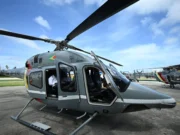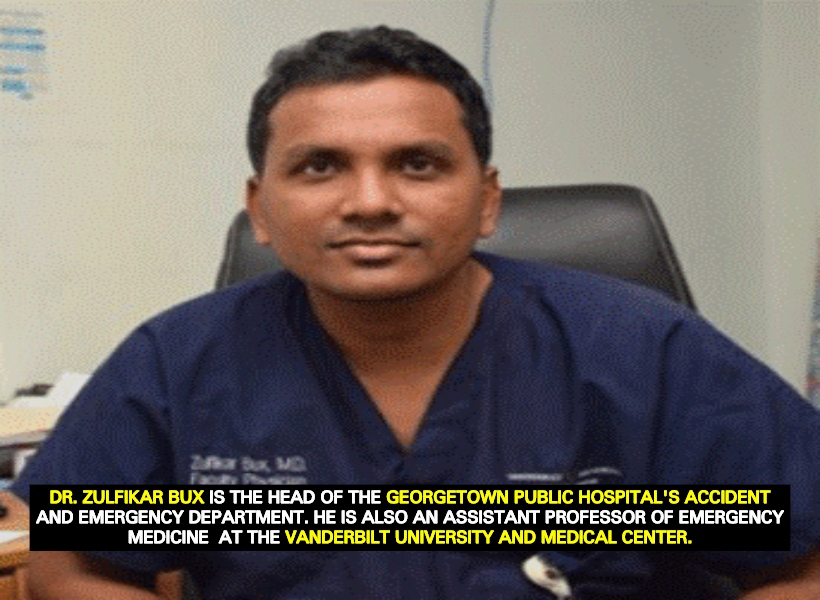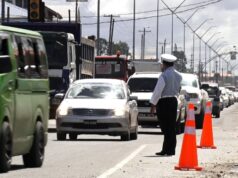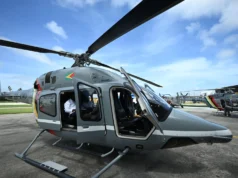Ignorance is usually a major shortcoming when it comes to health care. For this very reason I will seek to use this column to share knowledge with you our readers of various health issues.
This week we start with the basics of Cardiopulmonary Resuscitation which is simply known as CPR.
It is my humble hope that the basic information shared here will help you to apply basic CPR knowledge should the need arise.
UNRESPONSIVENESS
Doctors are trained to do CPR and would know what to do in the event of coming across someone who is unresponsive. Unfortunately there aren’t doctors everywhere and there are instances when a person collapses and a Good Samaritan has to deliver CPR.
CPR is a procedure to support and maintain the breathing and circulation for a person who has stopped breathing (respiratory arrest) and/or whose heart has stopped (cardiac arrest). Without maintained circulation, our brain and heart would not receive oxygen that it needs to survive and will lead to death faster. CPR gives the unconscious person a chance at surviving until more definitive medical care can arrive.
WHO NEEDS CPR?
CPR should never be performed on a healthy person, because it can cause serious injury to a beating heart by interfering with normal heartbeats. It is reserved for patients who have recently become unresponsive and are not breathing and do not have a pulse beat. A person can become unresponsive because of various causes. Common reversible causes include a heart attack, drowning, electrical shock, choking, allergic reaction, etc.
While it is better to have formal CPR training over reading articles such as this, there is no denying that the knowledge shared here can give you an understanding of the basic steps which could help to save a life.
BASIC CPR STEPS
The first step is to ensure the unresponsive patient is really unresponsive. Giving them a hard tap on the shoulder a few times and inquiring if they are okay is usually sufficient. If the person responds, then CPR is not needed.
CALL FOR HELP
Once the person is unresponsive then yell out that there is an unresponsive patient and you need help. If an experienced CPR provider arrives then let them take over the CPR, otherwise you will have to start it and guide your help along the way. You should also let someone call for an ambulance or some form of transport to take the patient to the nearest hospital as soon as possible.
CHECK FOR A PULSE
It may be a bit difficult to locate a pulse if you’re not trained to do so. Your best bet is to locate the individual’s Adam’s apple on their neck and run your fingers 2-4 cm lateral of it. You should be able to locate a pulse if there is one. If a pulse is present then chest compression is not required and you need to keep rechecking while transporting the patient to the nearest medical facility.
THE MAIN PART
By compressing the chest you are squeezing the heart and allowing it to push blood out to your vital organs. Place the palms of your hands directly on the centre of the chest, lock your fingers together, lock your elbows to keep your arms straight, press straight down on the chest doing at least 100 compressions per-minute, going at least two inches down with each compression. Allow the chest to fully recoil before pressing down back on it.
This allows the heart to refill and be ready for the next compression. Always minimize time between compressions. Imagine that every time you’re not compressing the person’s heart is not beating. Their heart depends on you to beat, so keep compressing. Remember you will get tired after a few minutes of effective compressions. It’s best to get help to do compressions if available.
MOUTH TO MOUTH
A person that collapses and becomes unresponsive will generally still have oxygen in their blood. Delivering it via chest compression is the best option. Interrupting chest compression to give mouth to mouth breathing is now not recommended initially. Babies and children are an exception to this rule and should get mouth to mouth breathing (2 breaths for every 15 compressions) from the beginning.
TRANSPORT THE PATIENT
Try to not delay a patient transport, even for CPR. CPR can be given en route to the Hospital. Medical personnel have more specialized training in CPR and will be able to deliver more effective CPR. Ensure you give them a debrief of what occurred on scene before you leave.













